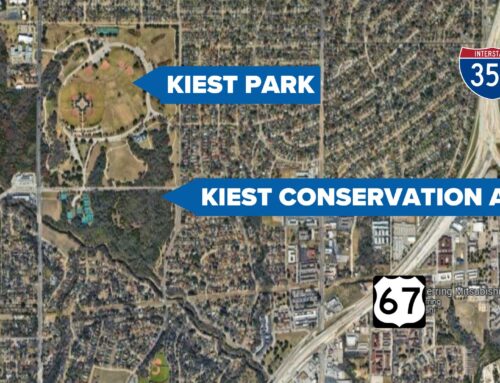What’s the difference? In the legal realm, it’s the difference between a transitive and intransitive verb, according to Robert H. Thomas, longtime attorney for Dallas ISD in the desegregation case that was recounted in our August cover story.
The story is lengthy, as anyone who read it knows, and believe it or not, there were still a number of things we left out for lack of space (and in hopes of not losing readers’ attention). One of those things was Thomas schooling me on the difference between transitive and intransitive verbs, and I admittedly needed a brush-up on terminology since taking advanced grammar in college.
“A transitive verb is one that has action — somebody doing something, like driving a car. A car can’t drive itself. A car can move by itself, if you put it on a hill,” Thomas says. “Did segregation happen to be, or did somebody segregate? Birds of a feather may want to flock together, so nobody’s forcing them to. That was argued many times. How many times did we hear, ‘They don’t want to go to school with other folks,’ (referring to black students).
“Integration is not the same as desegregation. Desegregate is the transitive verb, and integrating is just the way it is.”
Thus the Tasby lawsuit filed in 1970 that claimed Dallas’ efforts at school integration in the early and mid-’60s weren’t enough.
Before the 1971-72 school year, when busing began, formerly all-white schools in Oak Cliff had already begun to integrate. Most of it came from a court order in 1965 that didn’t make much of an impact until the 1966-67 school year. A headline in the Sept. 13, 1966 Dallas Times Herald stated, “Sixth Negro Youth Enrolls at School,” referring to South Oak Cliff High School. The article went on to say that black students also had entered Adamson High School by choice, after boundary lines were redrawn to allow them to attend white schools. When we went to the downtown library to thumb through old articles to find images for the story, we ran into a Kimball High School alumna who said she graduated before 1971, and there were black students in her class.
So integration was happening before the 1971 court order that forced desegregation through busing; it just wasn’t happening “with all deliberate speed” in the view of the federal courts. South Oak Cliff was somewhat of an anomaly in Dallas — an all-white school that turned into an all-black school within a few years, as you know if you read the story or grew up in Oak Cliff during that era. The desegregation order wasn’t needed there; black families already living in the South Oak Cliff zone sent their children to the neighborhood high school, and perhaps others moved into the area once the school’s demographics began to change.
Then again, the end result at South Oak Cliff wasn’t exactly integration. The result was still a segregated school, just a different kind of segregated than it was previously.





